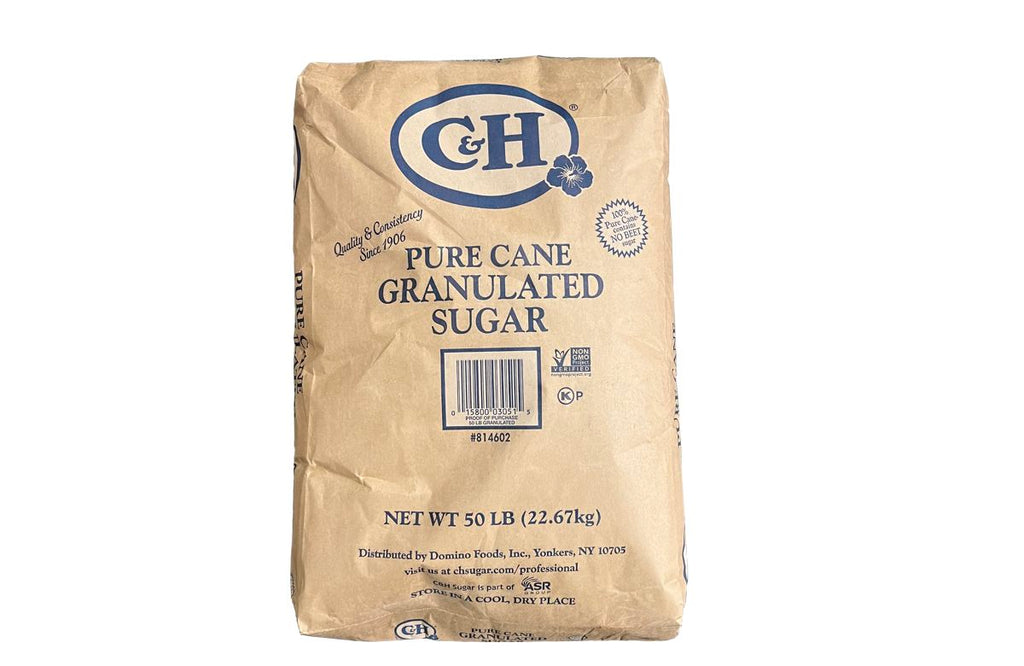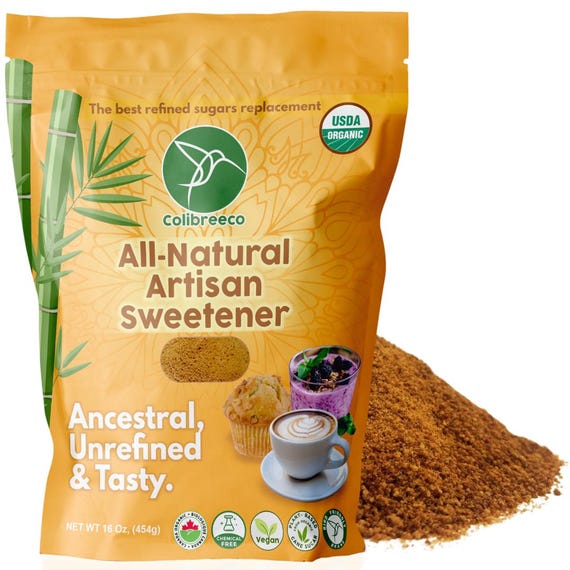Understanding the Diverse Functions of Sugar Cane in Agriculture and Production
Sugar Cane plays an essential role in both agriculture and manufacturing. As a significant money plant, it influences economic climates in exotic areas. Its convenience expands beyond sugar production to biofuels and eco-friendly products. In addition, sugar Cane farming advertises soil health and wellness and biodiversity. Nonetheless, the full range of its contributions and potential in sustainable methods continues to be to be explored. What cutting-edge actions could enhance its duty in future farming systems?
The Agricultural Significance of Sugar Cane
Sugar Cane plays a necessary duty in farming, adding considerably to the economies of lots of tropical and subtropical areas. This grass types flourishes in warm climates, needing enough sunlight and water, making it an excellent crop for these locations. Sugar Cane is mostly grown for its high sucrose content, which acts as an essential raw product for sugar production. Additionally, it plays a substantial function in soil conservation by stopping disintegration and improving dirt fertility with its development cycles. Sugar cane's considerable root system aids in water retention, profiting bordering crops. The crop supports local ecosystems by offering environment and food for numerous wild animals types. Farmers usually integrate sugar Cane right into crop rotation systems, boosting biodiversity and farming durability. The growing of sugar Cane not just satisfies regional food demands but also cultivates sustainable farming practices, promoting long-term ecological wellness in farming neighborhoods.
Economic Payments of Sugar Cane Cultivation
Although sugar Cane is commonly forgotten, its economic payments are considerable, specifically in developing nations where it works as a vital cash money crop. The farming of sugar Cane creates considerable revenue for millions of farmers, providing incomes and fostering rural growth. As a versatile plant, it sustains various sectors, consisting of sugar production, biofuels, and drugs, as a result stimulating regional economies.
Sugar Cane growing advertises job creation in agricultural markets, processing centers, and transport networks. It additionally adds to international exchange revenues through exports, boosting national financial stability. In areas such as Brazil and India, sugar Cane plays an essential function in farming exports, boosting trade balances.
Additionally, the plant's by-products, like bagasse and molasses, supply more economic chances, used in power generation and animal feed. The economic impact of sugar Cane expands past mere growing, affecting more comprehensive commercial and agricultural landscapes.
The Refine of Sugar Manufacturing From Cane

The journey from sugar Cane to polished sugar involves a number of key phases that highlight the intricacy of sugar production. Originally, mature sugar Cane stalks are gathered and carried to refining centers. The Cane is then squashed to remove juice, which contains a high focus of sucrose. This juice undergoes clarification, where pollutants are gotten rid of, typically making use of lime and warmth
Next, the cleared up juice is evaporated to concentrate the sugar content. The resulting syrup is after that based on condensation, permitting sugar crystals to form. These crystals are separated from the remaining syrup with centrifugation and cleaned to remove any kind of recurring molasses.
The last includes refining, where sugar crystals are additional detoxified and bleached, leading to the white granulated sugar frequently utilized in food. This meticulous process emphasizes the complex trip from raw Cane to the sugar that plays a vital duty in numerous culinary applications.
Sugar Cane as a Resource of Biofuels
As passion in renewable resource sources expands, sugar Cane has actually arised as a considerable prospect for biofuel manufacturing. The plant's high sugar web content makes it possible for effective fermentation processes, converting sugars into ethanol. This biofuel works as a sustainable choice to nonrenewable fuel sources, lowering greenhouse gas exhausts and promoting power sustainability.
Nations like Brazil have long made use of sugar Cane for ethanol, establishing comprehensive manufacturing framework that supports both residential energy needs and international export. The cultivation of sugar Cane for biofuel has actually likewise created financial chances, specifically in country areas, where it generates work and supports neighborhood farming.
Furthermore, sugar Cane biofuels can be incorporated into existing gas systems, making them a sensible remedy for shifting far from typical energy resources. As technical improvements remain to boost production effectiveness, sugar walking cane's duty in biofuel advancement is positioned to increase, additionally adding to international initiatives towards renewable resource adoption.
Innovative Uses of Sugar Cane in Biodegradable Plastics
An expanding variety of suppliers and scientists are checking out ingenious uses sugar Cane in the production of biodegradable plastics. Sugar cane, abundant in sucrose, can be processed to create polylactic acid (PLA), a biopolymer that offers as a choice to petroleum-based plastics. This bioplastic can be made use of in different applications, including product packaging, disposable flatware, and agricultural movies.
Making use of sugar cane-derived PLA provides a number of advantages, such as lowered reliance on fossil gas and the potential for lower carbon discharges during manufacturing. Additionally, sugar walking stick's sustainable nature makes it an appealing option in the mission for lasting products. Recent improvements in processing strategies have actually boosted the efficiency and cost-effectiveness of producing these bioplastics, fostering greater adoption in the industry. As the demand for environment-friendly services expands, sugar Cane attracts attention as an important source in the shift in the direction of greener manufacturing practices.
Environmental Benefits of Sugar Cane Farming

On top of that, sugar Cane calls for less water compared to various other crops, making it appropriate for cultivation in deserts. Efficient use of crop residues, such as bagasse, can lessen waste and give renewable resource resources. Moreover, sugar Cane farming can facilitate the facility of agroforestry systems, creating a collaborating connection between trees and crops. These methods not just protect the atmosphere but additionally promote sustainable farming practices, ultimately benefiting local neighborhoods and ecosystems.
The Future of Sugar Cane in Sustainable Practices

In addition, the capacity for sugar Cane to add to renewable power resources is getting traction. Biofuels originated from sugar Cane can especially lower carbon emissions contrasted to nonrenewable fuel sources, lining up with international climate goals. Furthermore, improvements in waste management enable for the use read review of spin-offs, better decreasing environmental effect.
Research study into drought-resistant sugar Cane ranges is likewise underway, providing resilience against environment adjustment. As stakeholders across the industry accept these sustainable practices, sugar Cane is poised to play a vital duty in fostering agricultural sustainability, ensuring its relevance in future markets and contributing positively to eco-friendly equilibrium.

Regularly Asked Inquiries
Exactly How Does Sugar Cane Affect Soil Wellness and Fertility?
The influence of sugar Cane on dirt health and wellness and fertility is substantial. Its considerable root system enhances dirt framework, while natural issue from decaying fallen leaves adds necessary nutrients, promoting overall fertility and sustaining diverse microbial life.
What Are the Labor Problems for Sugar Cane Workers?
Labor conditions for sugar Cane employees vary commonly, typically characterized by long hours, reduced incomes, and unsafe atmospheres. Several face difficulties such as absence of accessibility to health care and not enough protective procedures versus harmful conditions.
Can Sugar Cane Be Grown in Non-Tropical Environments?
Sugar Cane generally flourishes in tropical environments due to its heat and humidity needs. Specific non-tropical regions may effectively cultivate it via certain agricultural practices, though returns and top quality may be substantially minimized.
What Vermin Generally Intimidate Sugar Cane Crops?
Pests harmful sugar Cane plants consist of the sugarcane borer, aphids, and nematodes. These microorganisms can significantly impact crop return, requiring reliable bug administration strategies to assure healthy development and maximize farming productivity.
Exactly How Does Sugar Cane Growing Effect Citizen Communities?
The farming of sugar Cane significantly impacts regional areas by providing work opportunities, stimulating economic development, and affecting social structures. In addition, it can cause ecological obstacles, impacting farming practices and neighborhood health in the region.
Sugar Cane is largely cultivated for its high Find Out More sucrose material, which serves as an important raw material for sugar production. Farmers frequently incorporate sugar Cane right into plant turning systems, boosting biodiversity and farming strength. The trip from sugar Cane to refined sugar involves numerous crucial stages that highlight the intricacy of sugar manufacturing. The final stage entails refining, where sugar crystals are further cleansed and bleached, resulting in the white granulated sugar typically made use of in food items. The plant's high sugar material makes it possible for effective fermentation processes, transforming sugars into ethanol.